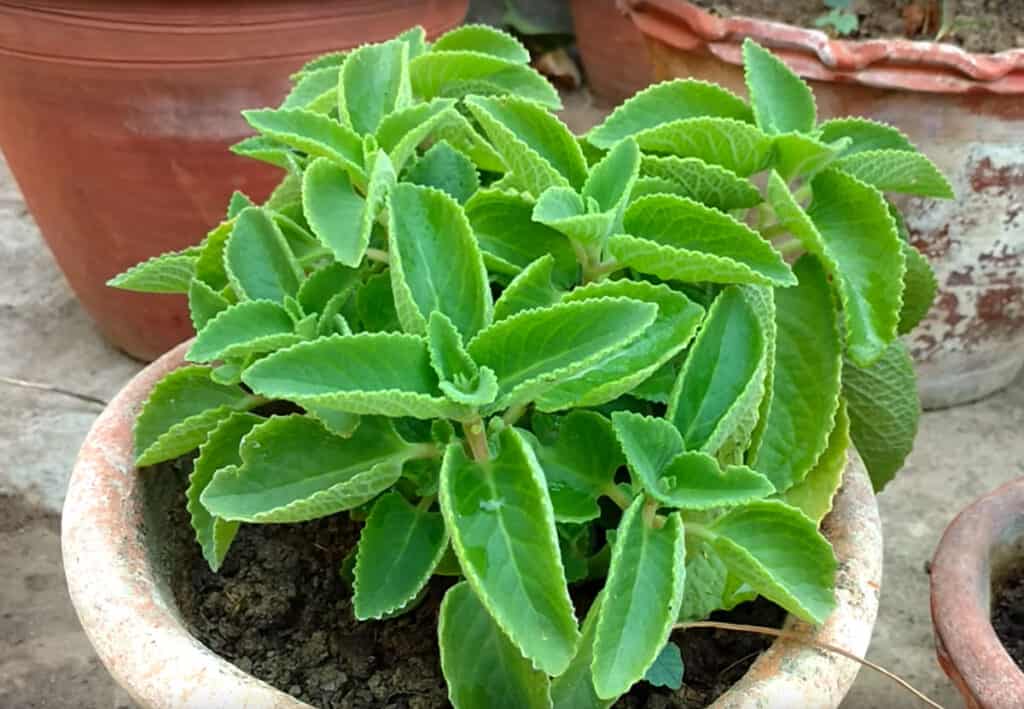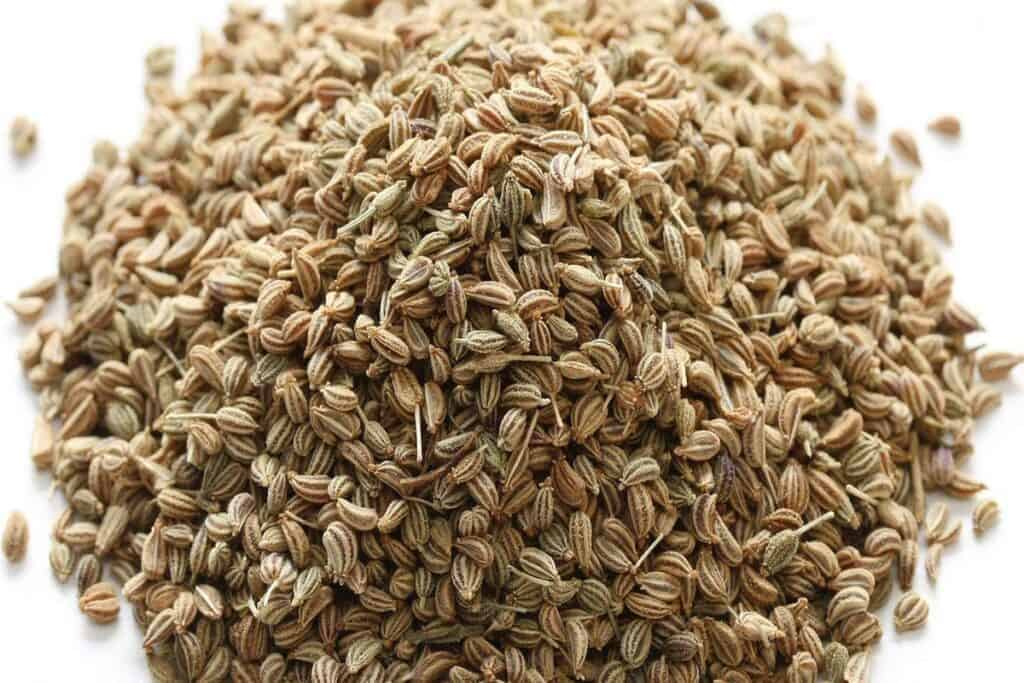Indian culture has been using Ajwain – also known as ajowan caraway, bishop’s weed, or carom – for centuries now, and likely will continue using it for several centuries further. And rightly so, Ajwain has a lot of medicinal and vegetative benefits, and is one of the best crops that India exports to the rest of the world. Let’s take a look at what makes Ajwain a great plant, why it has been trusted by generations of Indians, and how to grow and care for it in your garden.

Features
Ajwain plants are small perennial plants that are erect by nature. The plant is also called as bishop weed and is commonly confused by people as a fruit or with the lovage seed. This plant is mainly grown and harvested in India and Iran. It has oval, seedlike shaped fruits similar to the shapes of caraway, cumin or fennel seeds. The leaves of the plant taste like thyme and give off a slight pungent smell. Ajwain plants are mostly used as medicinal herbs and sometimes even as ornamental plants.

Growth And Care
As complex as the plant may seem, growing it is not that difficult. If you live in a tropical region, then it is even easier. The plant can be grown to an optimum state if placed in a potting medium of 8 – 12 inches height. You can grow these plants by herbaceous green cutting or even through tip cutting.
It might take around 7 – 15 days for the Ajwain seedling to emerge and make sure to water them regularly. Cuttings are the easiest method to grow Ajwain plants. To propagate them properly make sure you use stems that are long enough, and cut away the leaves. Then bury the cutting in the pot. Water them regularly.
Cuttings can also be planted if placed with proper potting soil and a lot of organic manure. They should be placed in partial sunlight. Even shaded places will do. If the climate is humid or rainy you can also start planting an old stem so that it can also start rooting for a new plant. The plant prefers an alkaline soil type to grow on a good basis.
These plants won’t take in much of the organic matter from the ground. All it requires is watering regularly and sunlight exposure. Keep the level of soil drainage in check and don’t overwater these plants as they might get spoiled. To grow them through seeds, make sure to plant them on a rich potting scale and scatter the top part of the plant.
Once your Ajwain plant starts to grow fast, make sure that you have a habit of cutting them regularly as these plants can tend to take over a large area. They spread fast as the moment they touch the area of ground new roots are developed. So it is recommended to always grow them in containers.
Health Benefits
Ajwain leaves have been proven to help in digestion when consumed with a small amount of black salt – they act as a good treatment for indigestion. The leaves can also be chewn daily to act as a cure against gasses and also bloating.
A dish called bhajia is prepared in India mostly in the monsoon season to act as a relief to stomach problems. Garnished buttermilk is also made from Ajwain leaves and coriander and can be used to treat these stomach issues. The leaves are also put in boiling water and used for treatment.
Homoeopathic medicines are prepared from the usage of fresh leaves to treat infections from urinary organs and a lot more. Ajwain leaves have a cure to all types of cold and also for breathing problems. Ajwain leaves are rich in nutrition and can also be used as antibiotics.

